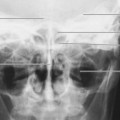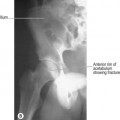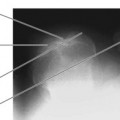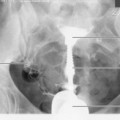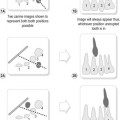Glossary of radiographic terms
Anterior The front of the patient, or body part, when the patient is in the anatomical position.
Anthropological baseline Baseline used in radiography of the head (see Ch. 16).
Dorsal The back of the patient or body part; sometimes used instead of ‘posterior’.
Dorsipalmar The hand is placed with its palmar aspect on the image receptor.
Dorsiplantar The foot is placed with its sole on the image receptor.
Dorsum The back of the hand or the top of the foot.
Erect The patient is standing or sitting, with the median sagittal and coronal planes vertical.
Stay updated, free articles. Join our Telegram channel

Full access? Get Clinical Tree



